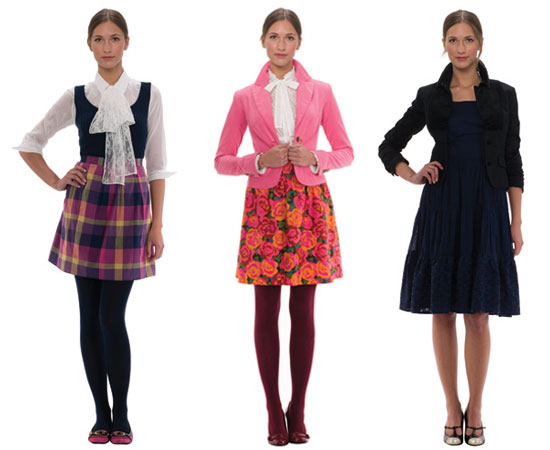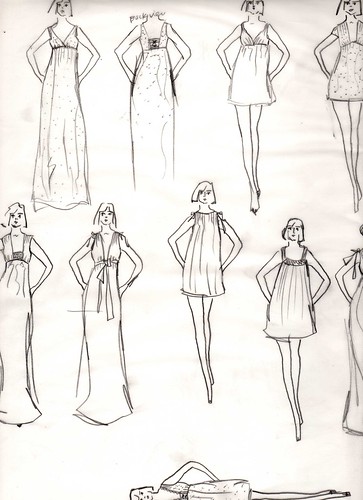QUIZLET!!!
Retail Positioning:
relates to where a retailer situates itself in the consumer market - how it satisfies its customers and differentiates itself from competitors.• identify the competition
• understand strengths and weaknesses
• understand macro-factors
Macro factors are wider external forces - political upheaval, recession, etc.
SWOT analysis - strengths, weaknesses, threats and opportunities
Porter's 5 forces
PESTEL Diagram
Implementing a strategy
• Every retail strategy must engage with the company or the brandThis is done with the MARKETING MIX - blending the variables of Product, Price, Place and Promotion. (+ 2 - Position and People!)
ADDITIONAL P's - Position and People
Targeting a specific market - Position
merchandising policies - guidelines to keep inventory on trackoperational policies - make customer feel good about shopping with a retailer
Understanding buying motives
rational behavior<--------------------->emotional behaviorProduct Motives
Patronage Motives
- both are based on a combination of rational and emotional buying behavior
Differentiating from Competitors
DIFFERENTIATORS - Those factors that distinguish a business from its' competitors.
Merchandise - unique merchandise, targeted productsValue - best merchandise for least money
Convenience - extended hours, one stop shopping, accessible location
Services - personal attention, lay away, bridal registries
Store Atmosphere - pleasant, clean, cool, fun, upscale
Others - meeting changing consumer needs
Presenting an Image
A retailer's image is how the public perceives the company. It's like a personality, and can be very influential in attracting and satisfying customers.
Merchandise fashion level - (high end offer items earlier in their fashion cycle, discounters later)
Services
Physical environment
Employees - appearance and attitude
Promotion should put forth the image.
Sometimes it is necessary to change the image.
Targeted policies build the correct image.
Product Strategy
Merchandise Selection:
Assortment breadth - the number of different catagories of merchandiseAssortment depth - the quantity of items offered.
• broad and shallow
• narrow and deep
• moderate breadth and depth
Service Selection
PRICING - price strategy
A retailer's pricing policy must be in tune with their image.The right price brings about the sale, generates a profit, satisfies customer expectations and meets competitive situations.
Price/Quality Relationship
Quality and price usually, but not always, correlate.•Prestige pricing - setting a high price for consumes that want quality or the status of owning expensive and exclusive merchandise
• Price promoting - advertising price reductions to bring in shoppers. Can be "loss leaders," but increase traffic
Specific Pricing Approaches
Most retailers seek high markups on low volume, or low markups on high volumes• Value pricing - pricing below price suggested by vendors
• Everyday Low Pricing (EDLP) - few promotions, low price guarantee. Security over excitement as the draw for the consumer
Place Strategy
Site Location
Should reach target market, be convenient and accessibleStore Clusters
• Central Business Districts - traditional, town-center type of areas. Appeal to city consumers, workers on break, tourists and business visitors.• Neighborhood Shopping Centers - 5-15 businesses in a building cluster. Strip malls are a variety.
• Community Shopping Centers - 5-50 stores, usually anchored by a primary store (department store or supermarket) Designed for convenience.
• Regional Shopping Centers - Malls
• Super-Regional Centers - really big malls, that attract customers from up to 25 miles away
Market Coverage in Site Selection
• Intensive• Selective
• Exclusive
Facilities Design
The visual identity of a store should support its' image.• Exterior
• Interior


































